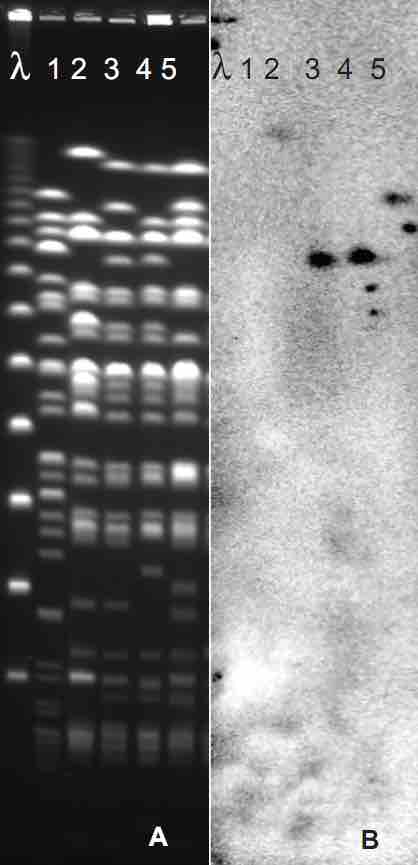The bacterial stress response enables bacteria to survive adverse and fluctuating conditions in their immediate surroundings. Various bacterial mechanisms recognize different environmental changes and mount an appropriate response. A bacterial cell can react simultaneously to a wide variety of stresses, and the various stress response systems interact with each other by a complex of global regulatory networks.
In biochemistry, heat shock is the "effect of subjecting a cell to a higher temperature than that of the ideal body temperature of the organism from which the cell line was derived. "
Heat shock response is the cellular response to heat shock includes the transcriptional up-regulation of genes encoding heat shock proteins (HSPs) as part of the cell's internal repair mechanism . HSPs are also called 'stress-proteins' and respond to heat, cold and oxygen deprivation by activating several cascade pathways. HSPs are also present in cells under perfectly normal conditions. Some HSPs, called 'chaperones', ensure that the cell's proteins are in the right shape and in the right place at the right time. For example, HSPs help new or misfolded proteins to fold into their correct three-dimensional conformations, which is essential for their function. They also shuttle proteins from one compartment to another inside the cell and target old or terminally misfolded proteins to proteases for degradation. Additionally, heat shock proteins are believed to play a role in the presentation of pieces of proteins (or peptides) on the cell surface to help the immune system recognize diseased cells. The up-regulation of HSPs during heat shock is generally controlled by a single transcription factor; in eukaryotes this regulation is performed by heat shock factor (HSF), while σ32 is the heat shock sigma factor in Escherichia coli.

Heat shock proteins
Heat shock protein come in many sizes. This is an example of small heat shock proteins produced by Pseudomonas aeruginosa Clonal Variants Isolated from Diverse Niches.